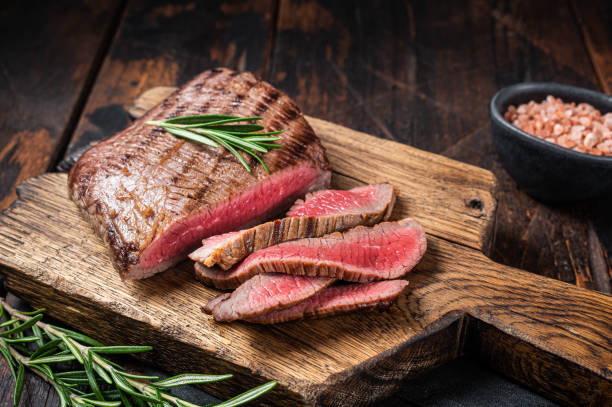As summer approaches and grilling season kicks into high gear, Americans’ love for meat remains unwavering. Despite higher beef prices, the demand for meat continues to sizzle. Steakhouses like Sizzler and Peter Luger are always fully booked.
However, consumers are becoming more discerning in their choices, opting for secondary cuts like brisket, skirt, hanger, and flank steaks for everyday protein consumption while reserving pricier middle meats such as filets and porterhouses for special occasions.
The Price-Demand Dynamics
The rise in meat prices over the past few years can be attributed to factors such as tight animal supplies and inflation. Nevertheless, the demand for all proteins, including beef, remains robust. Summer, with its outdoor grilling traditions, sees an even greater surge in meat consumption, with beef leading the way.
Changing Consumer Habits
The pandemic afforded people more time to experiment with different cuts of meat at home, leading to increased interest in less expensive options. This shift is evident in the sales data, with brisket sales up 18% year-over-year, flank steaks up 7.6%, and skirt steaks up nearly 11%. Consumers are expanding their repertoire and exploring beyond the traditional middle meats, even during grilling season.
Beyond Price: Factors Influencing Choices
While price remains a primary consideration for consumers, other factors are increasingly influencing purchasing decisions. According to a beef attributes study by Midan Marketing, 43% of respondents view U.S.-produced beef as a quality indicator, 37% associate a grass-fed label with quality, and 30% seek out humanely raised messaging or a USDA organic label. Consumers are educating themselves and using these factors to make more informed choices.
Challenges for Restaurants
Inflation and tight animal supplies pose challenges for restaurants as they strive to create appealing menus that cater to both consumer preferences and affordability. While filets and porterhouses are menu staples, their high prices necessitate creative alternatives. Chefs are exploring different options, such as the “Denver steak” from the chuck under blade and the “baseball cut” from the top sirloin, resembling a filet but at a more accessible price point.
Prime or Choice: Finding the Balance
Steakhouses still value prime beef, but its higher price has led more restaurants to offer choice beef as an alternative. Additionally, consumers may purchase prime beef from warehouse stores like Costco or Sam’s Club to recreate the restaurant experience at home. Restaurants aim to educate guests about the lesser-known cuts that offer a unique dining experience.
Livestock Market Outlook
Supply chain disruptions and drought conditions in cattle country have impacted breeding and feedlot placements, resulting in tighter supplies. As the industry focuses on breeding, beef supplies may become even scarcer. These factors have led to increased trading activity and rising volatility in live cattle futures markets.
Expectations for sustained higher beef prices are supported by strong feeder cattle values and elevated feed prices. The consumer’s willingness to pay higher prices for beef plays a crucial role in determining the market’s trajectory. However, weather conditions, particularly the ongoing drought in parts of the Western U.S., can further impact supply and prices.
Here’s a video comparing Prime and Choice steak cuts:
